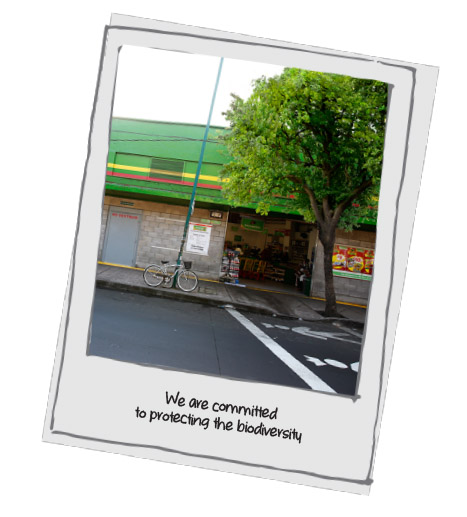BIODIVERSITY G4-EN12, EN27
The actions to mitigate the negative impact of our operations on biodiversity focus on two categories: those stemming from building and operating new stores, and those associated with producing the goods that we sell; that is, those coming from our supply chain.

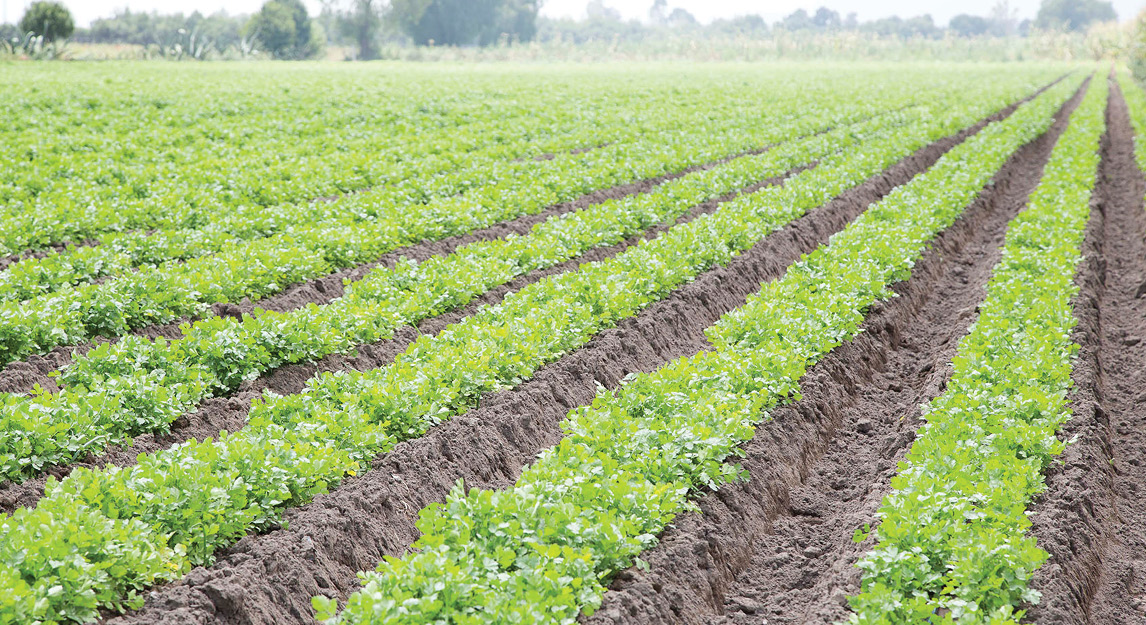
The most significant impacts have not been accounted for, but they have to do with the degradation of the soil from intensive farming practices, water and soil contamination, improper use of pesticides and fertilizers, possible changes in soil use to accommodate agriculture and cattle raising, deforestation due to agriculture and livestock activities, soil erosion, unsustainable fishing and aquaculture practices, and, in general, inefficient water use to grow food and produce consumer goods.
Biodiversity within the value chain
To mitigate some of these impacts, we have worked on initiatives such as eliminating all unsustainable palm oil from our Private Label products; using cellulose coming from legal sources or from suppliers having custody chain or sustainable practice certifications, as the Forest Stewardship Council (FSC); sourcing fishery products from sustainable sources; and training small growers in sustainable farming practices regarding the efficient use of pesticides and fertilizers.
Sustainable palm oil
Our commitment is to replace palm oil from all of our Private Label products with different oil having a lower impact on the environment, or certified as sustainable. Consequentially, 84.6% of those products contain no palm oil, 8.9% contain sustainable oil, and 6.4% are currently undergoing certification. This initiative contributes to reducing tropical rainforest deforestation, mainly in Southeast Asia.
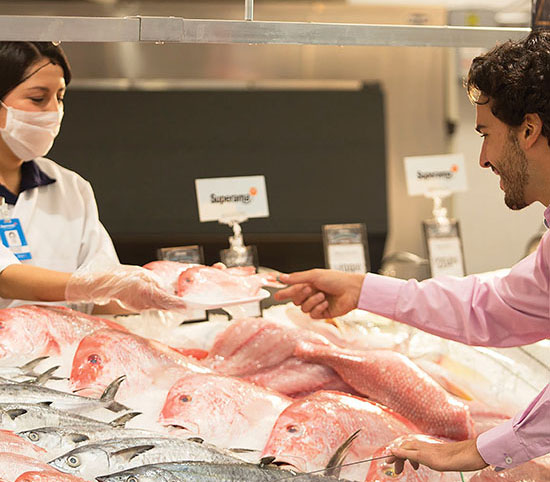
Sustainable fish and seafood
The demand for fish and seafood products increased five-fold within the last 50 years, and it’s estimated that most fisheries in the world have exceeded natural limits for repopulating species, and that intensive aquaculture places the availability of these products for both present and future generations at risk. As a result, we are committed to sourcing sustainable fish and seafood, pursuant to the Seafood Sustainability Policy that we developed.
Our commitment includes assessing the fisheries currently supplying us; favoring fish and seafood coming from sustainable-certified aquaculture and fish farms; fostering the adoption of sustainable practices by fisheries and fish farms that are not sustainable; avoiding products that come from illegal, unregistered, unregulated fishing; and not buying species found on the International Union for Conservation of Nature red list.
Within the following two years, we shall work on assessing the fisheries and fish farms supplying us and on making sure they apply the Policy correctly. As of 2018, we will begin promoting the development of projects to improve the fishing practices of those suppliers with the most opportunities.
Protected or restored habitats G4-EN13
We have various volunteer initiatives in place to protect or restore different habitats in all the countries that we serve. During National Volunteer Week, in Mexico we conducted maintenance and cleaning activities in San Juan de Aragón Park, with the collaboration of Mondelēz and the park’s neighbors. One of the main objectives of this park (considered the second most important green area in Mexico City, measuring 162 hectares in size) is biodiversity conservation. Local parks in the cities we serve have also benefitted from our volunteers with maintenance and cleaning activities throughout the year.
In Central America we conducted various cleaning, planting, reforestation, and maintenance activities for such places as the Poás volcano, the Pavas plant nursery in Costa Rica, and the El Izopo mountain in Honduras. We have also worked to maintain Bicentenario Park, free turtles in El Salvador, and benefit the United Nations National Park in Guatemala.
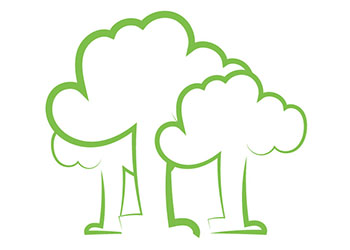
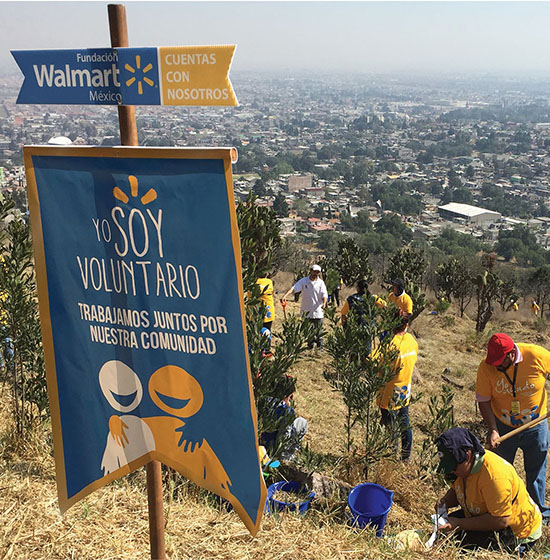
Protecting biodiversity when building and operating units
The policies, procedures, and agreement clauses used with those involved in building stores and with developers allow us to protect biodiversity and to use natural resources in a sustainable fashion, from the moment a property is acquired to the design and building of the store by third parties. The following policies implemented are worthy of mention:
- Before buying or selling any property, an environmental assessment must be conducted to learn if protected flora or fauna are present, or if there is soil or water contamination. This information will be used to determine the feasibility of the project and any mitigation and compensation measures required. For example, at the location of our Bodega Aurrerá Tuxpan unit in Mexico, the soil was contaminated with hydrocarbons. In light of this situation we removed and disposed of 13.5 tons of contaminated soil before building the store.
G4-EN24 - Projects designed as per environmental regulations for green areas, permeable areas, use of renewable energy, and vegetation management.
- Environmental measures and compensation throughout the building process related to proper waste management, the rescue of flora and fauna, atmospheric emissions, noise pollution, and measures determined by environmental authorities.
- Third-party joint responsibility, including agreement clauses and bid guidelines for builders and suppliers to acquire authorized bank material, waste management in compliance with regulations in force, wastewater management, and compliance with all responsibilities in these matters.
In 2015 we did not own, rent or manage any operating unit next to, containing, or located within any protected area whatsoever, or in an area not protected but deemed of considerable value due to its biodiversity.
G4-EN11
Nevertheless, we received eight notices to conduct corrective actions in Mexico because of a complaint filed regarding excessive noise emissions, and after discharging a mixture of rainwater onto the street. G4-EN34

